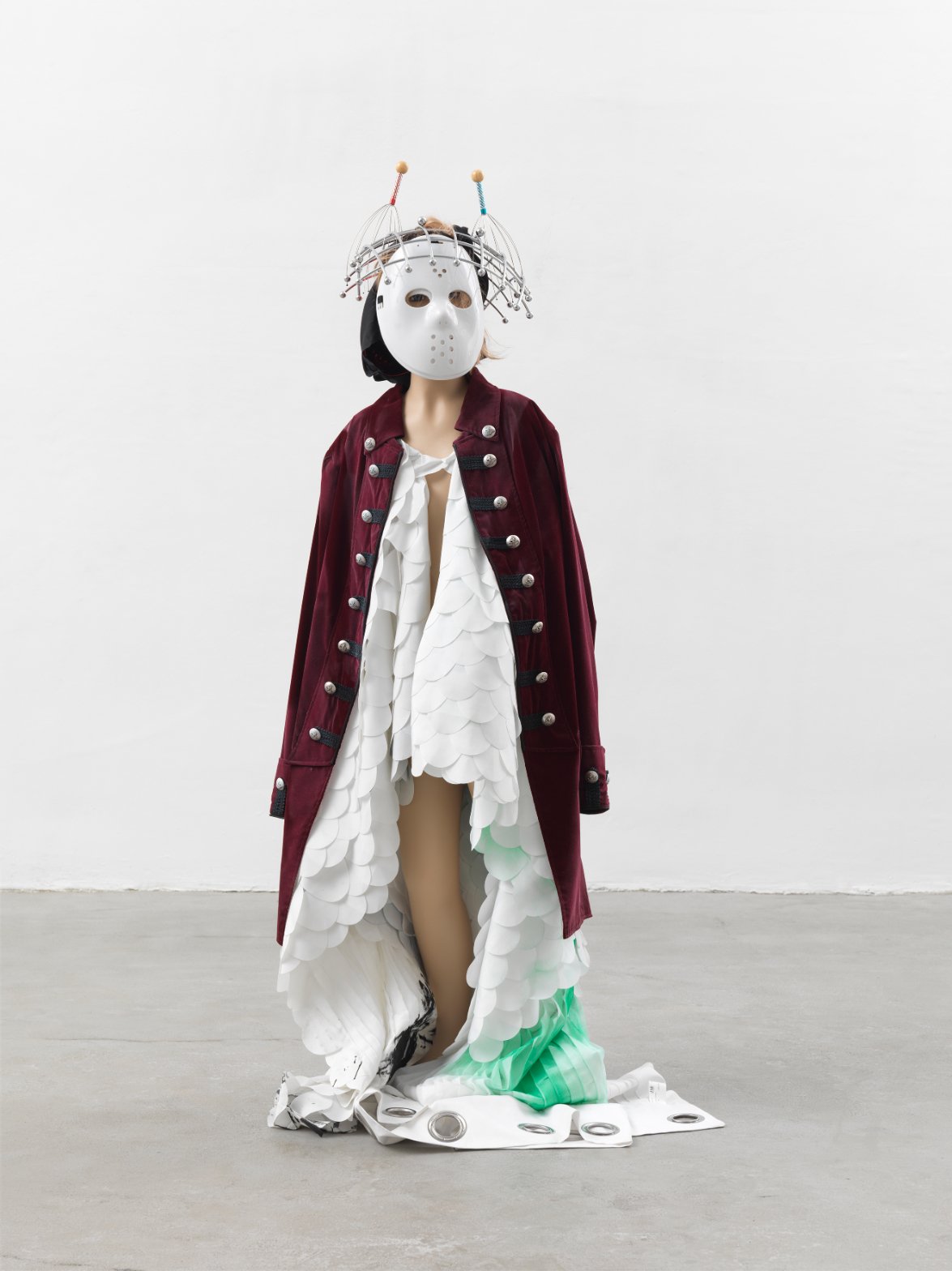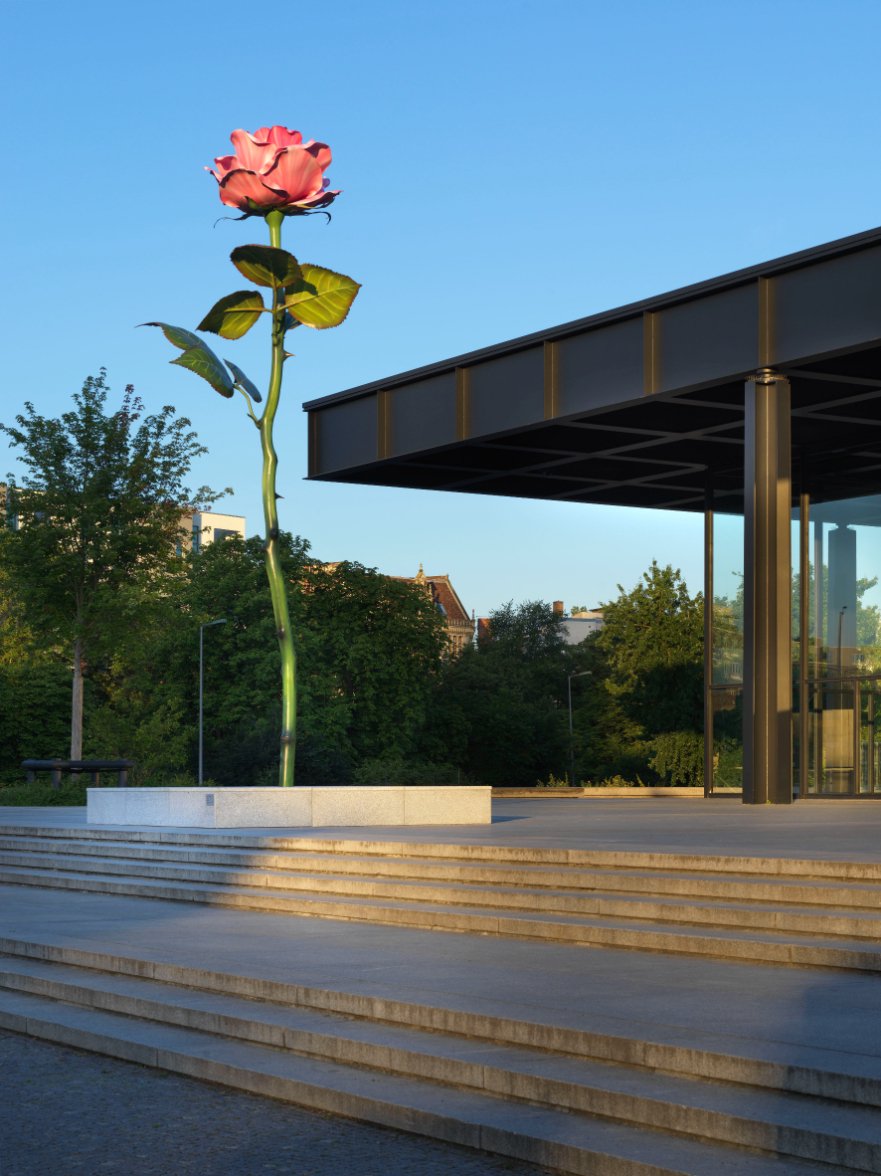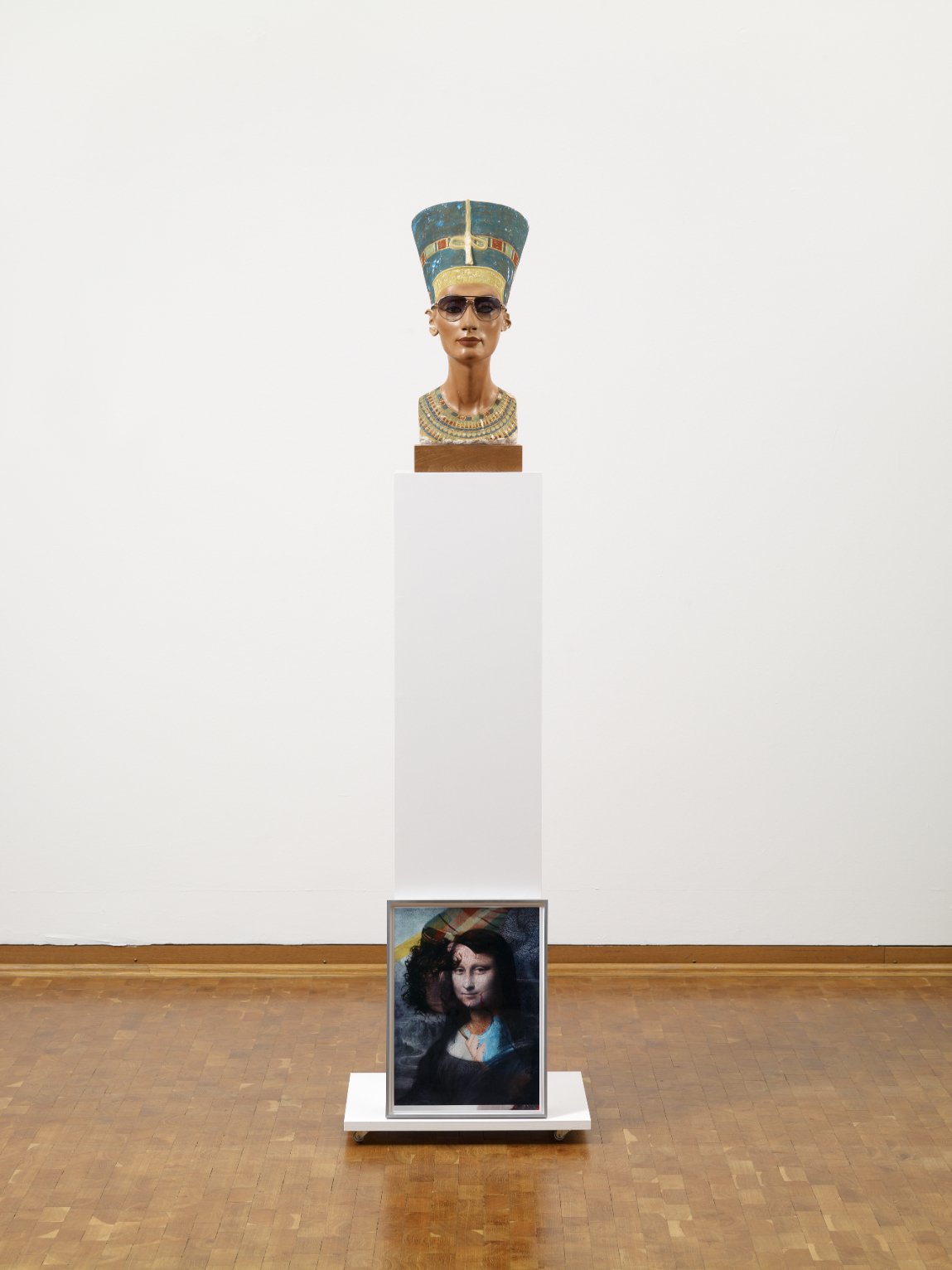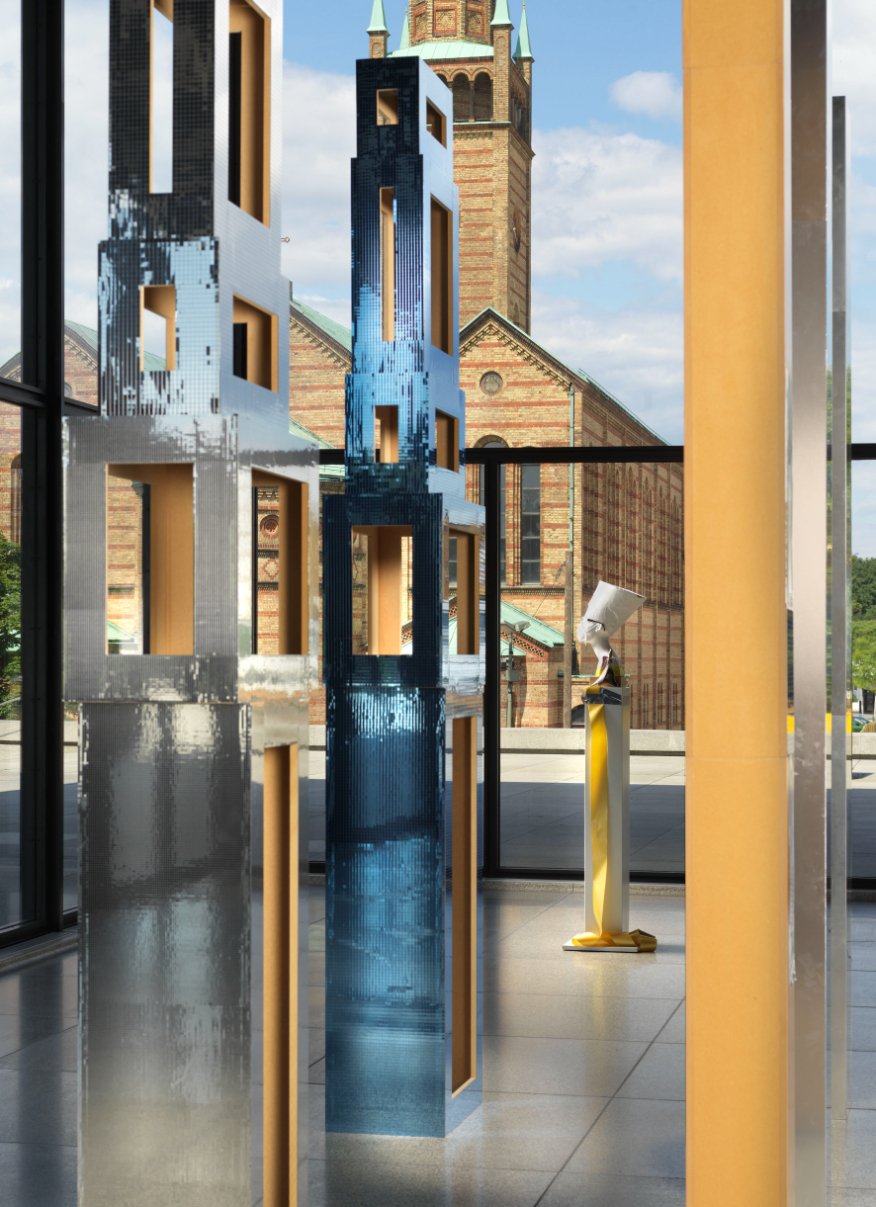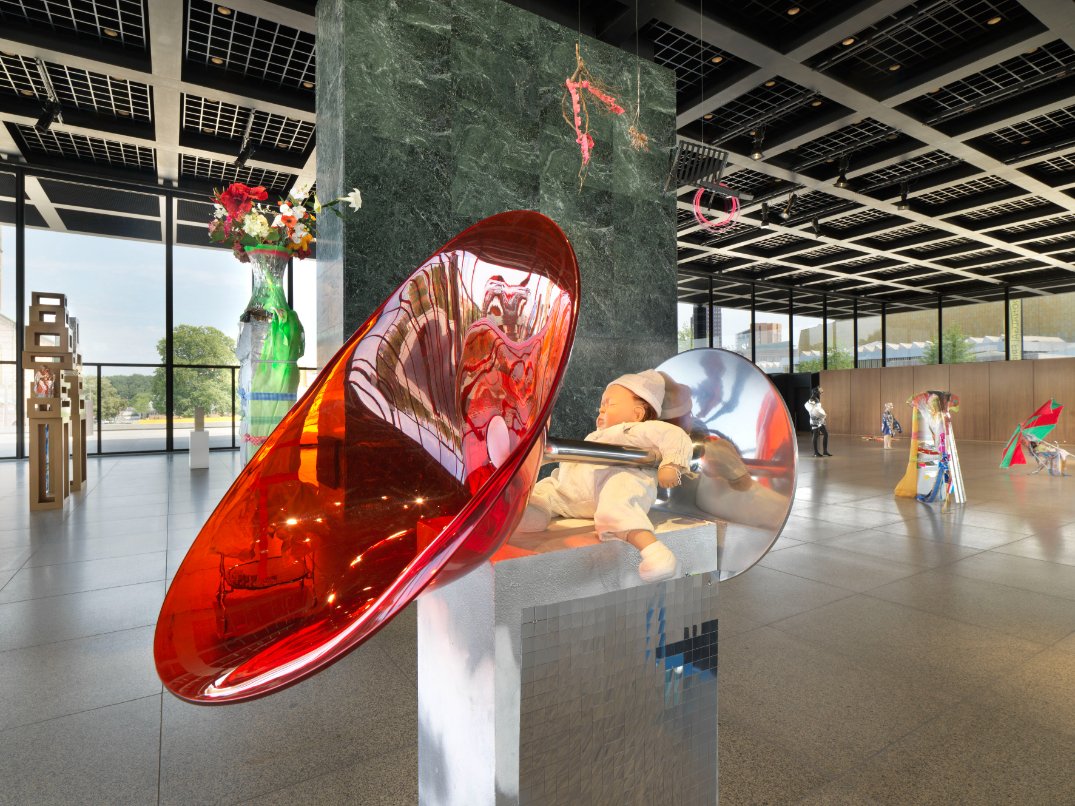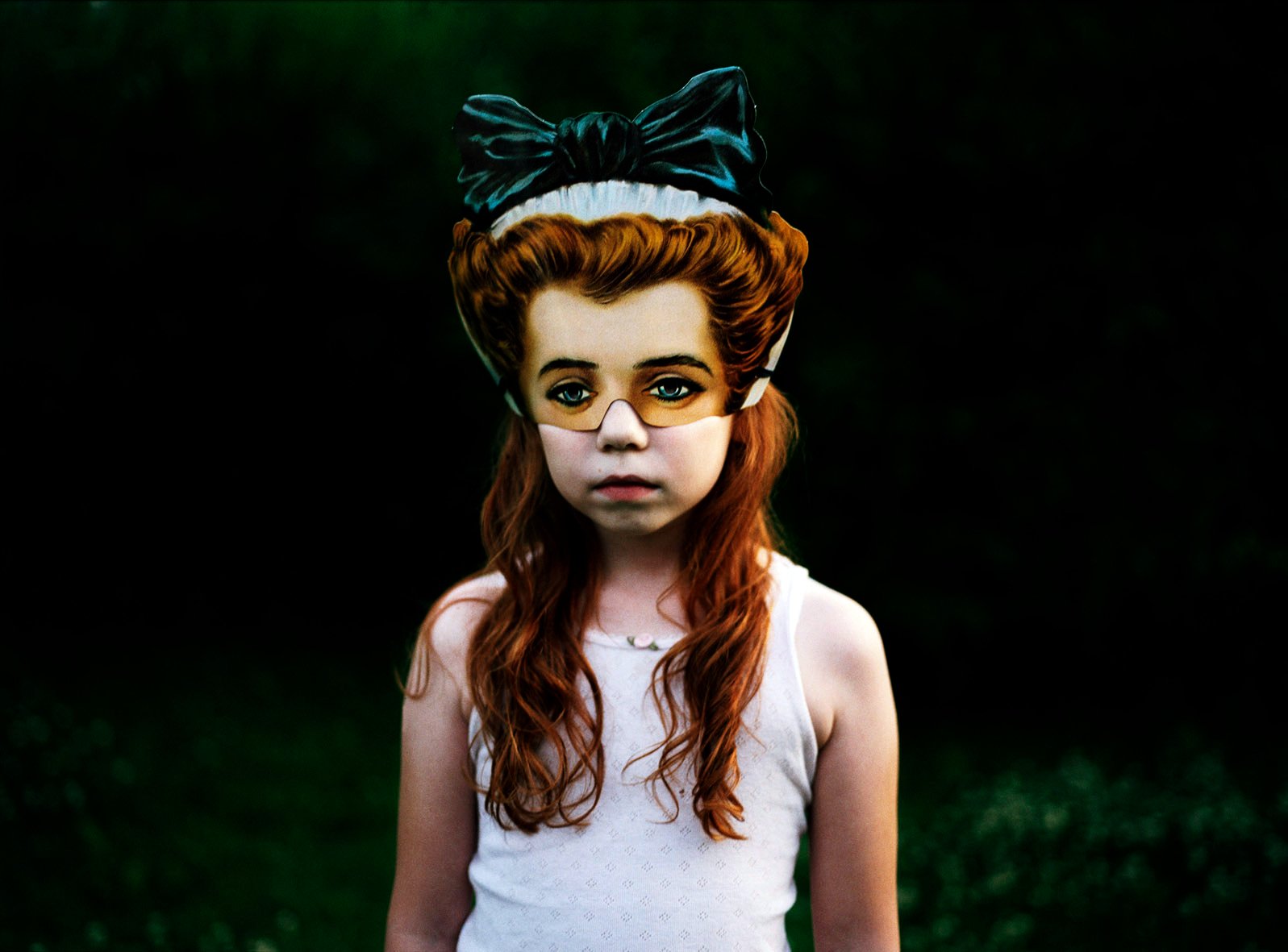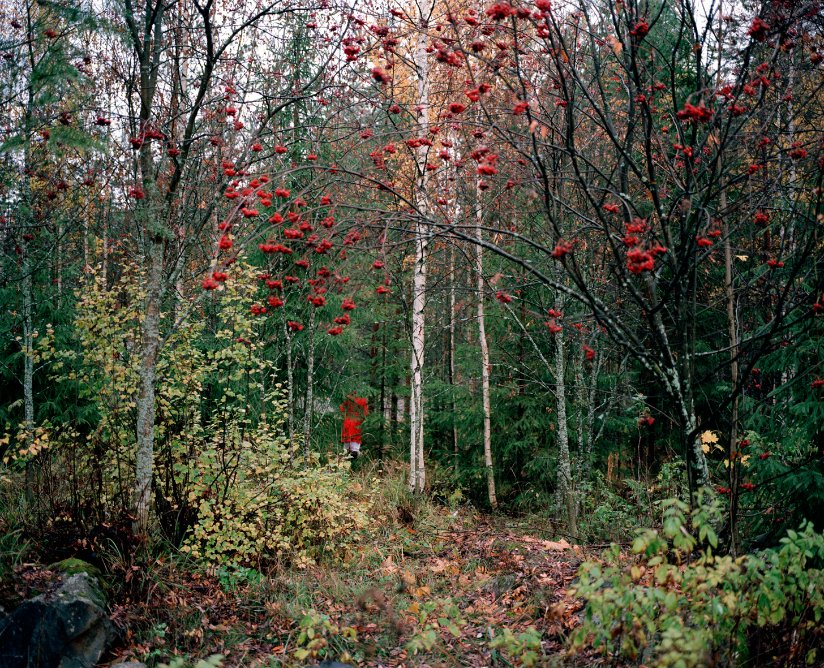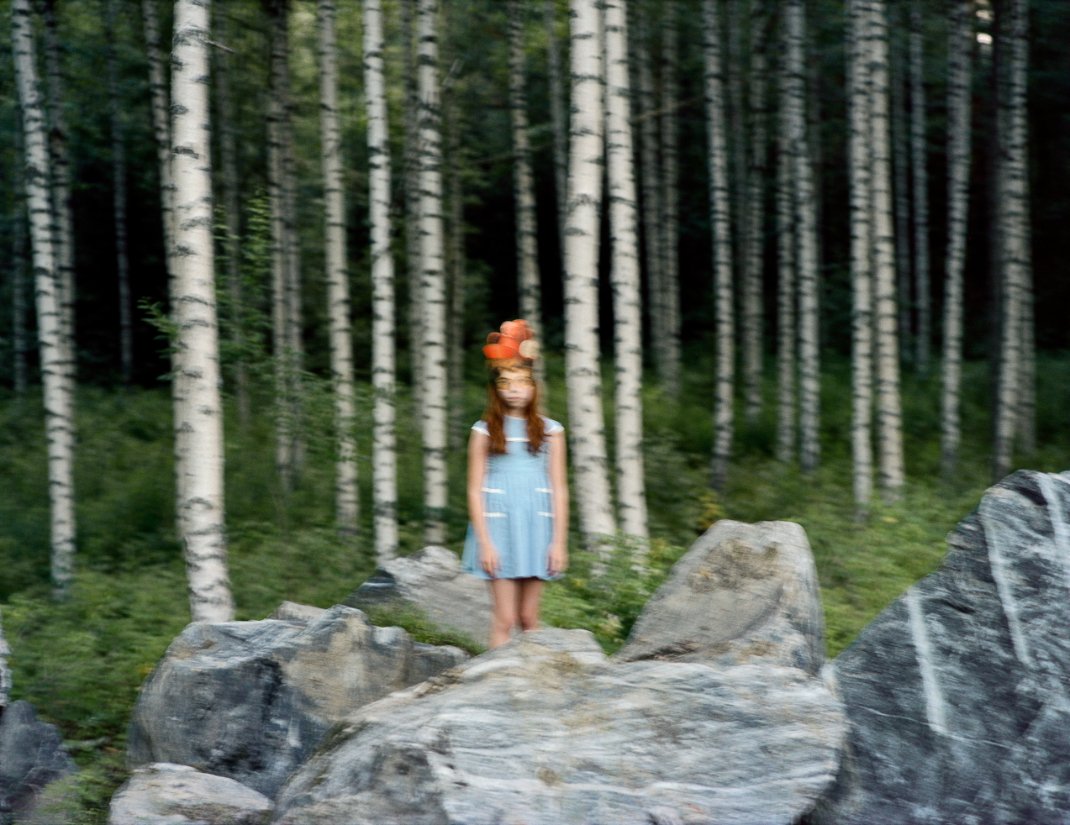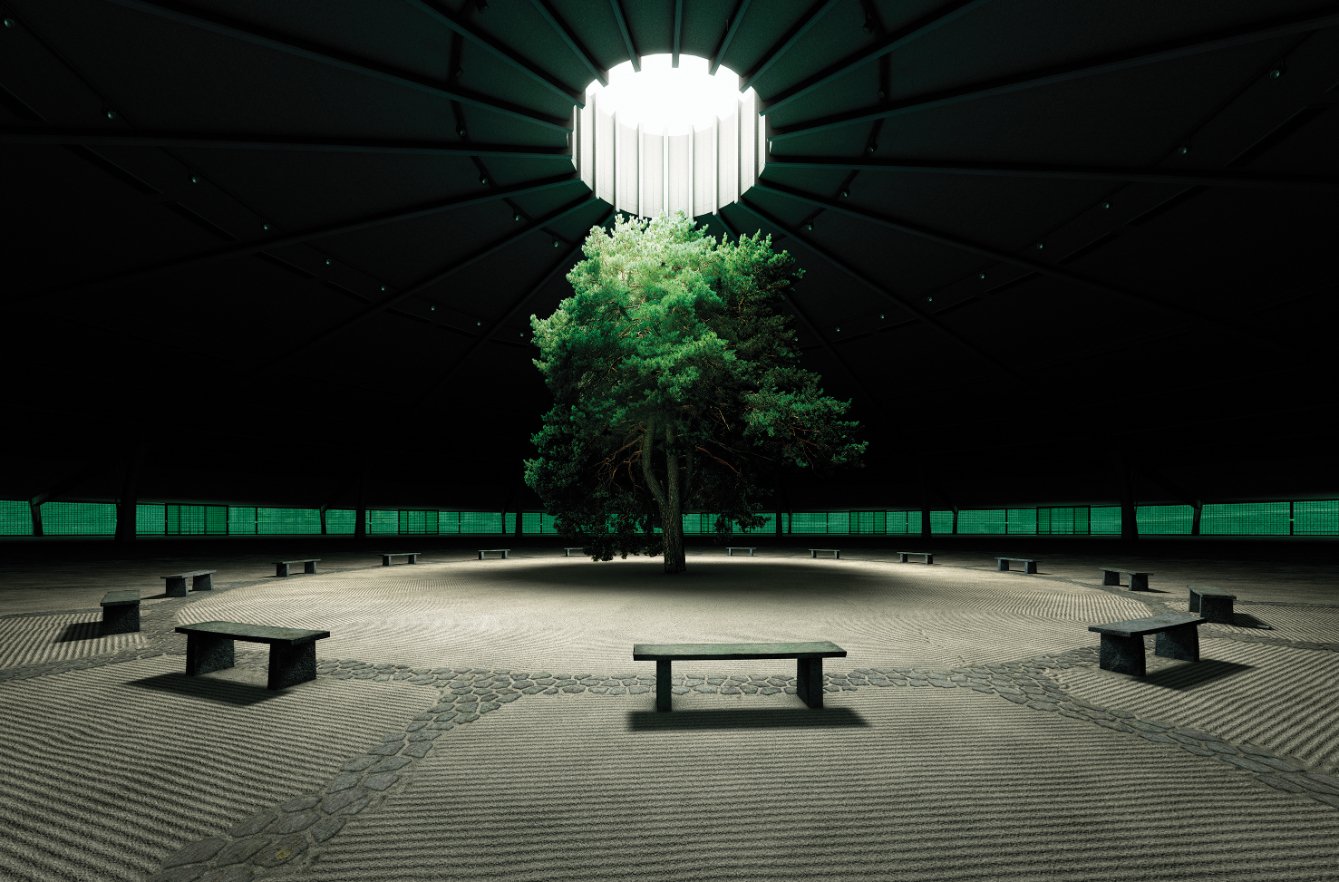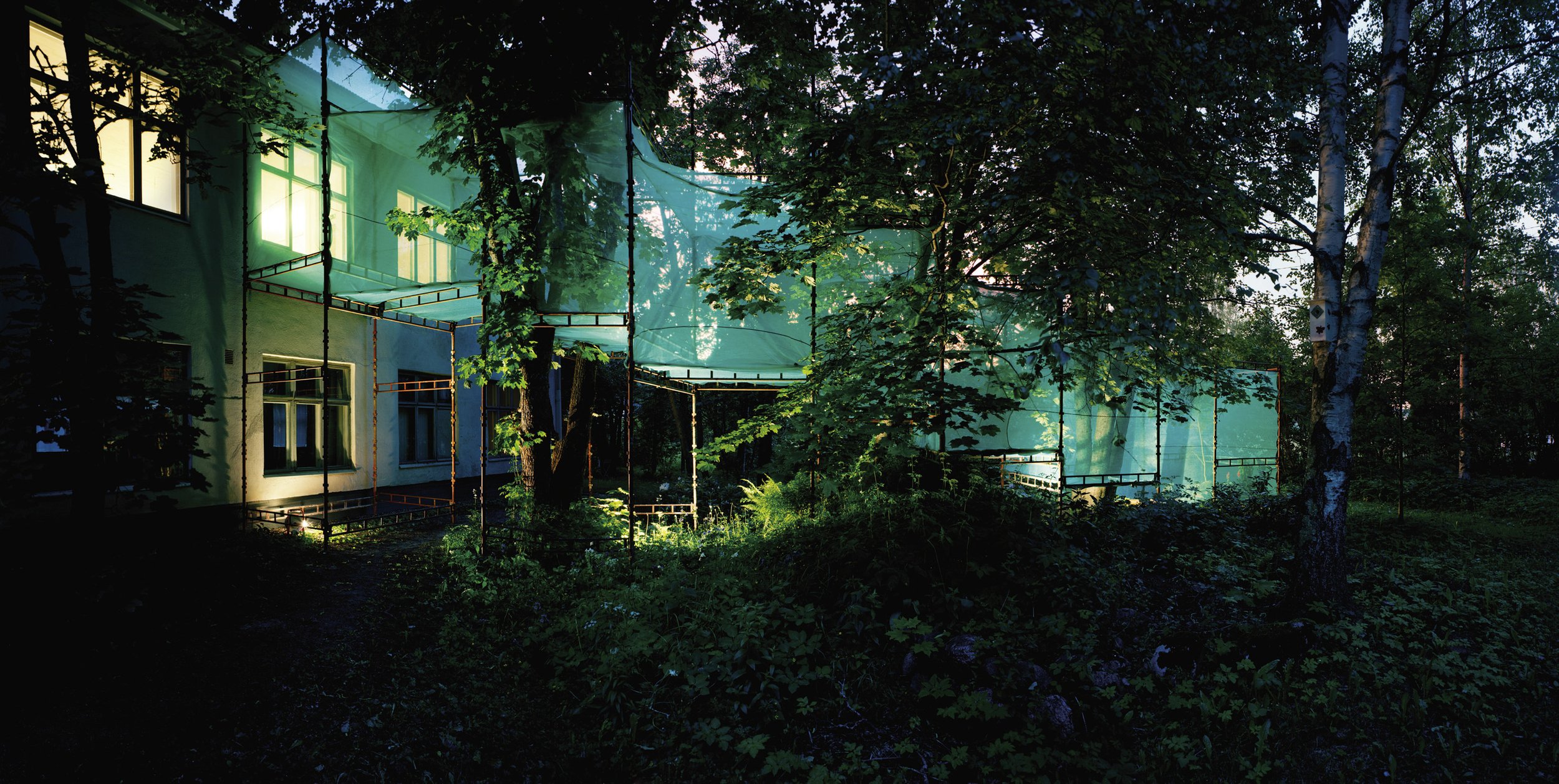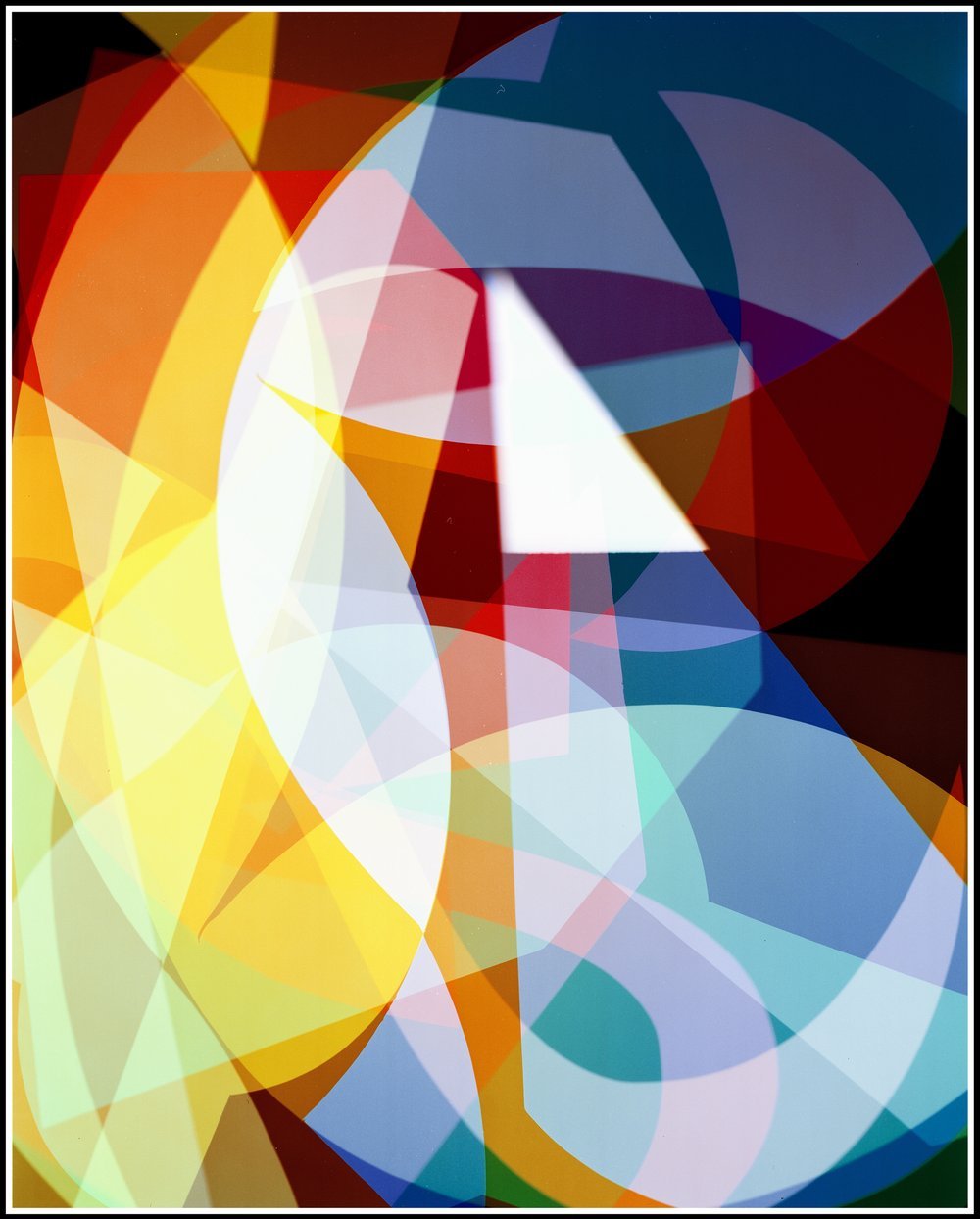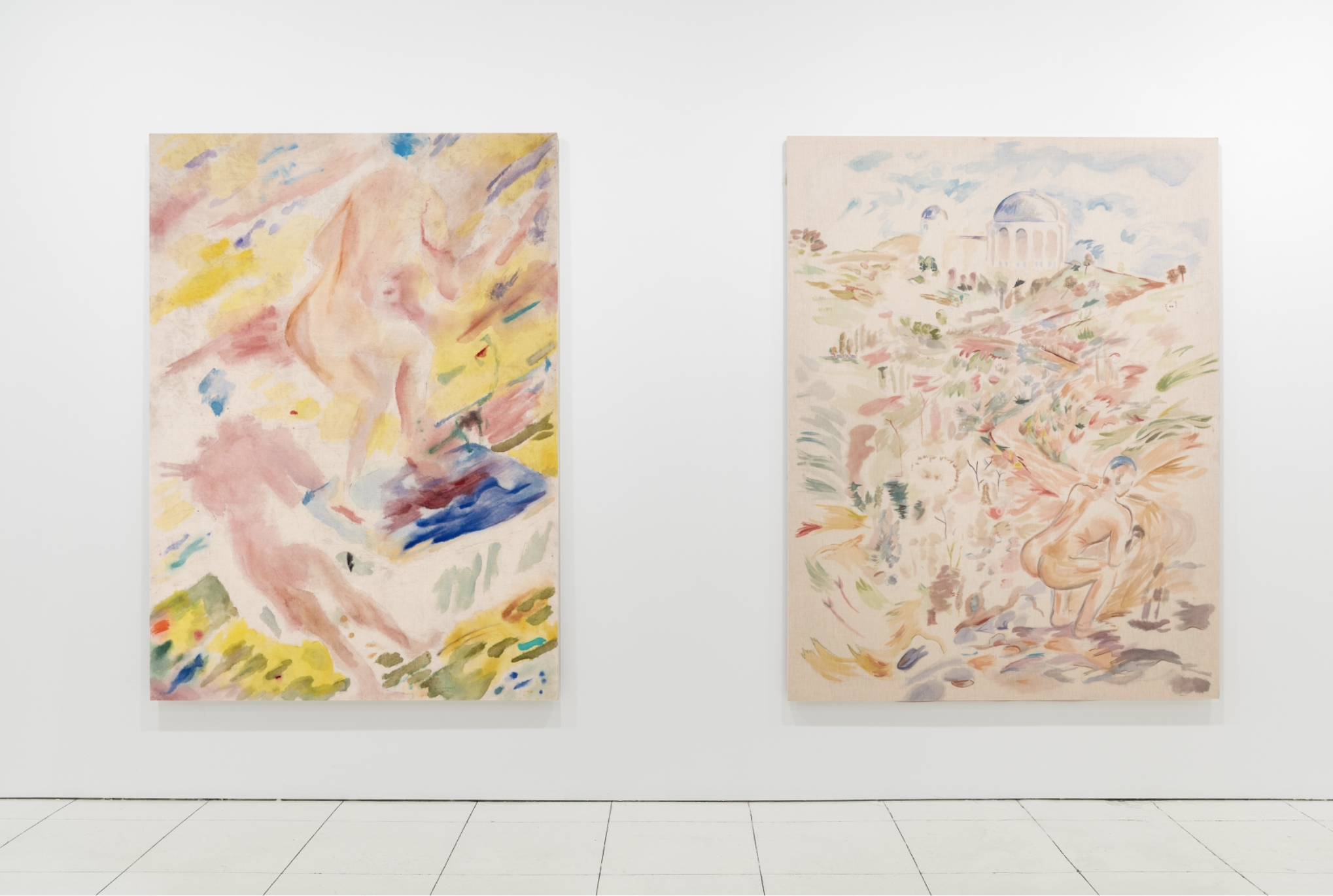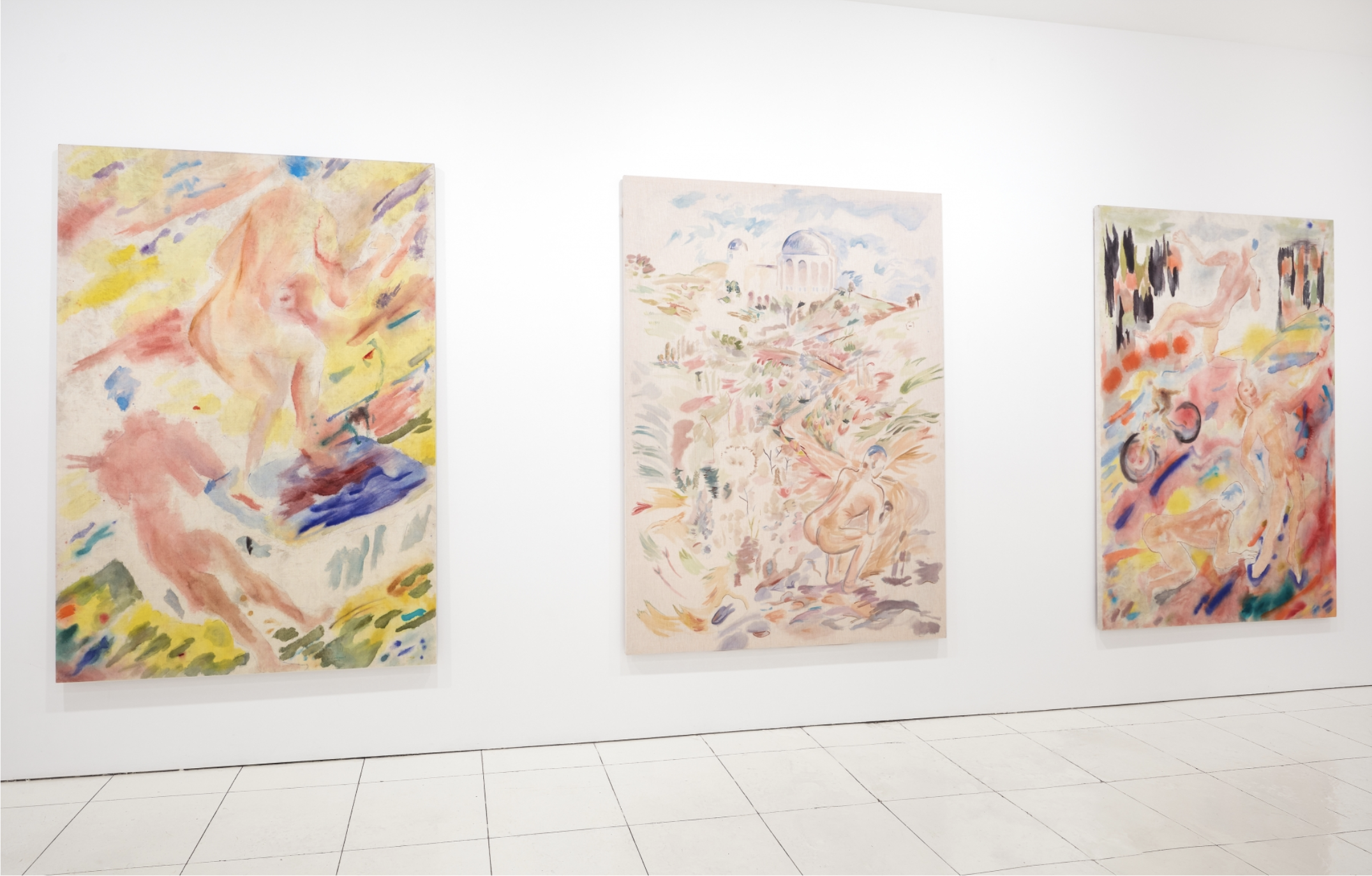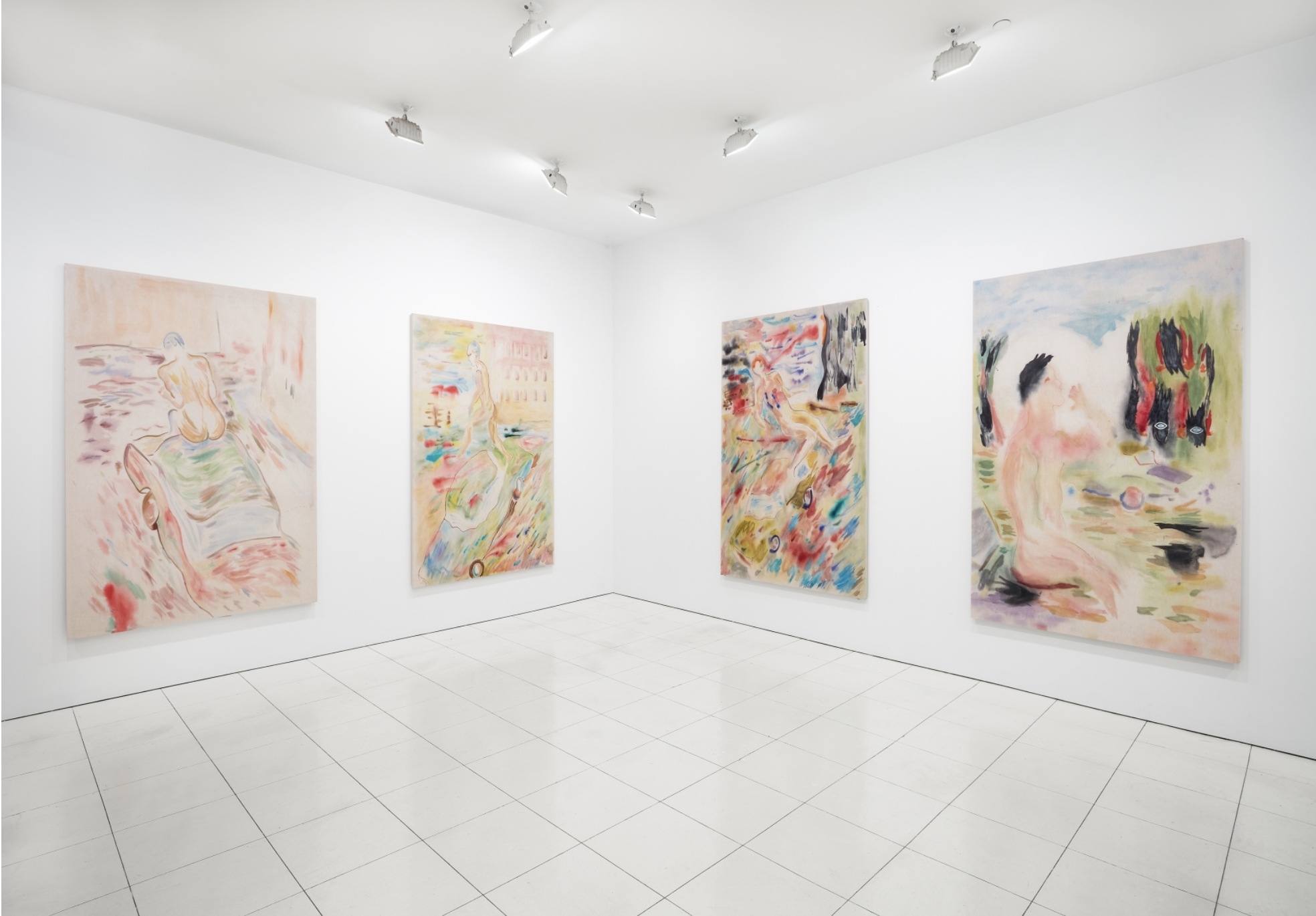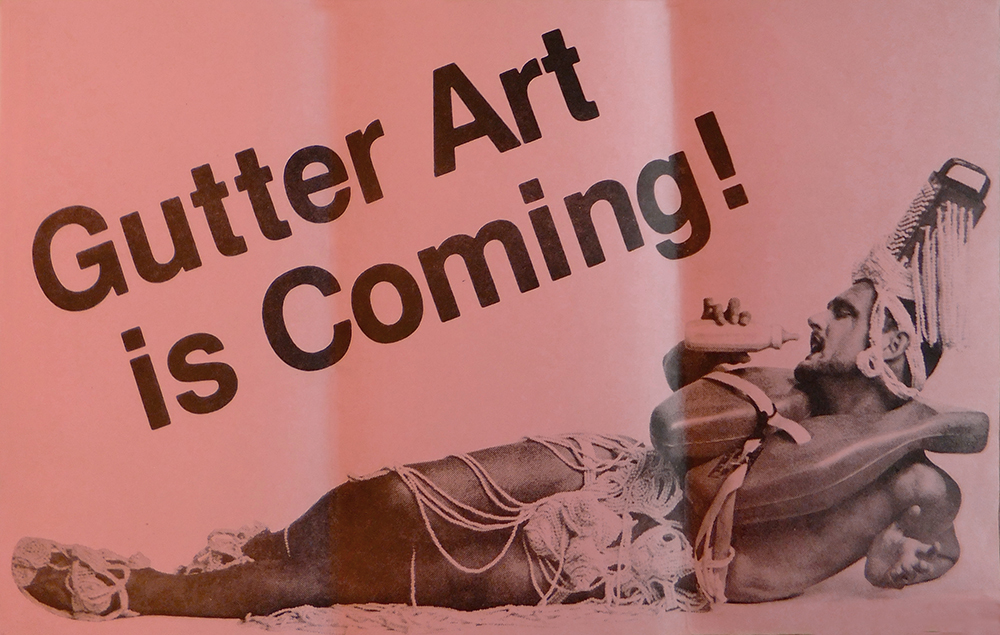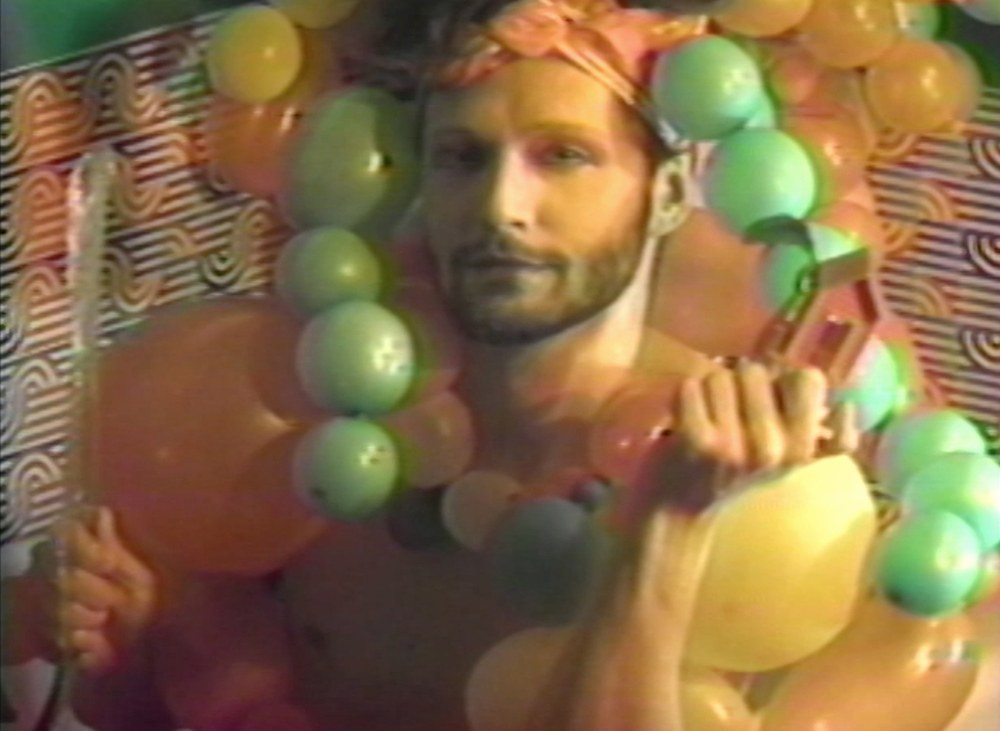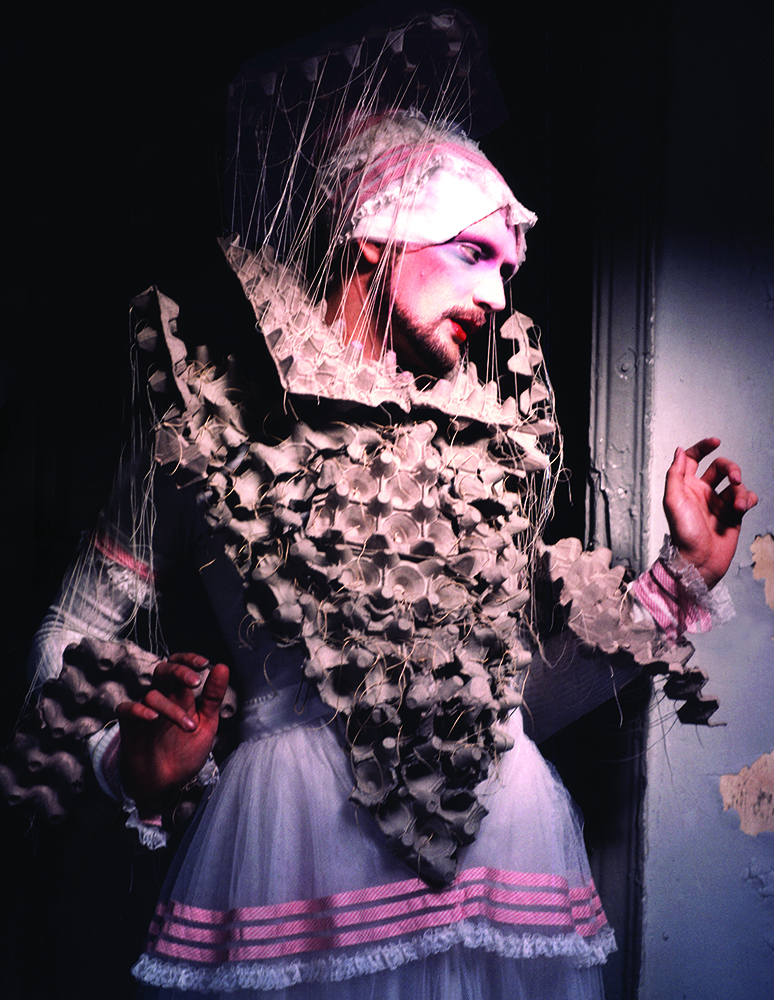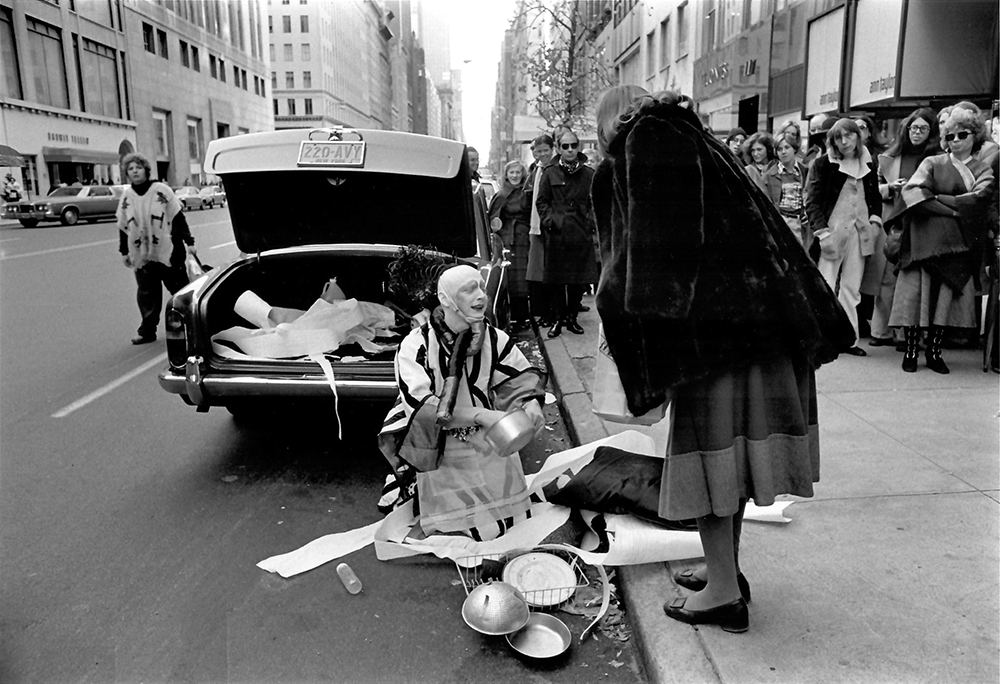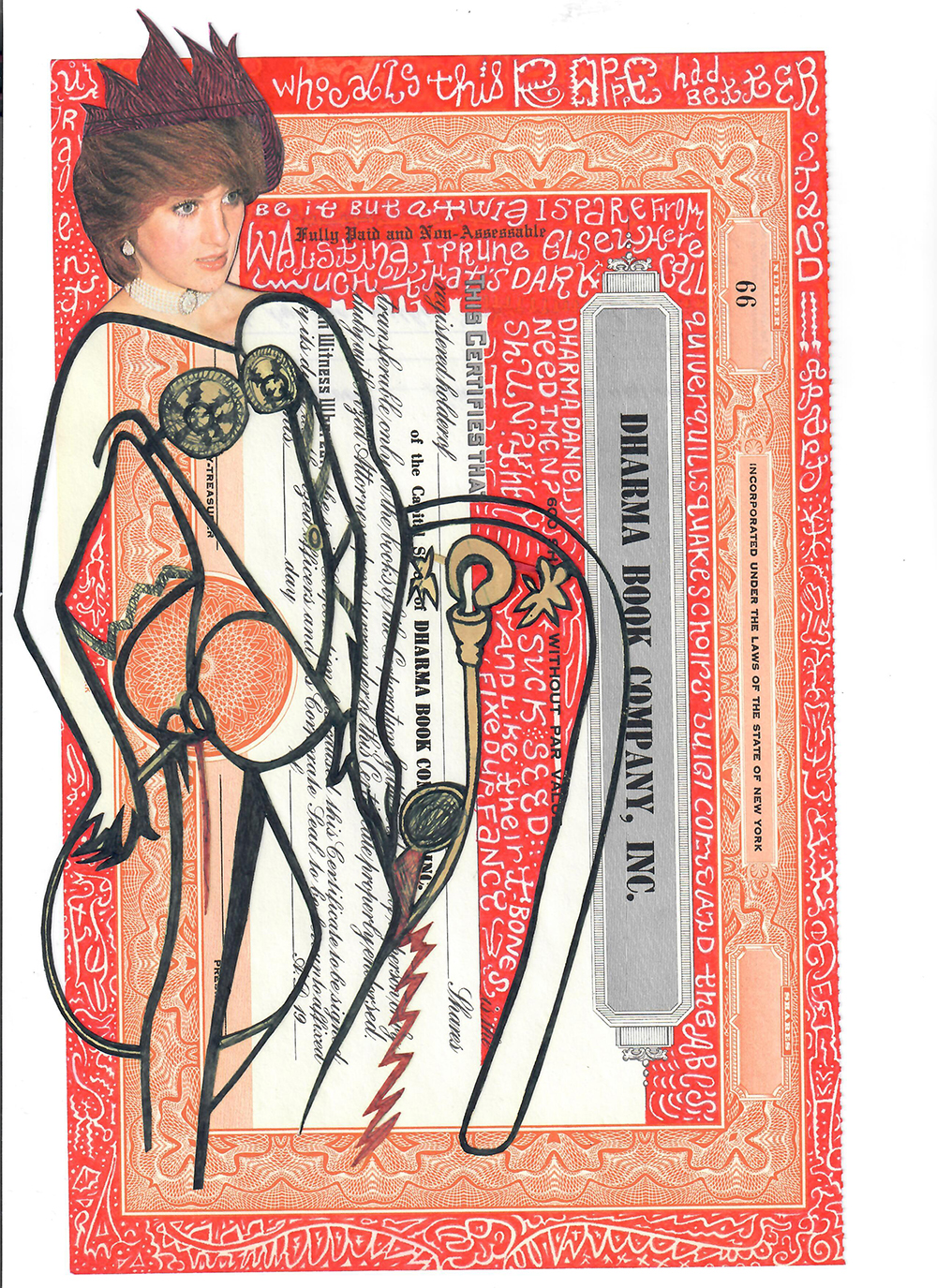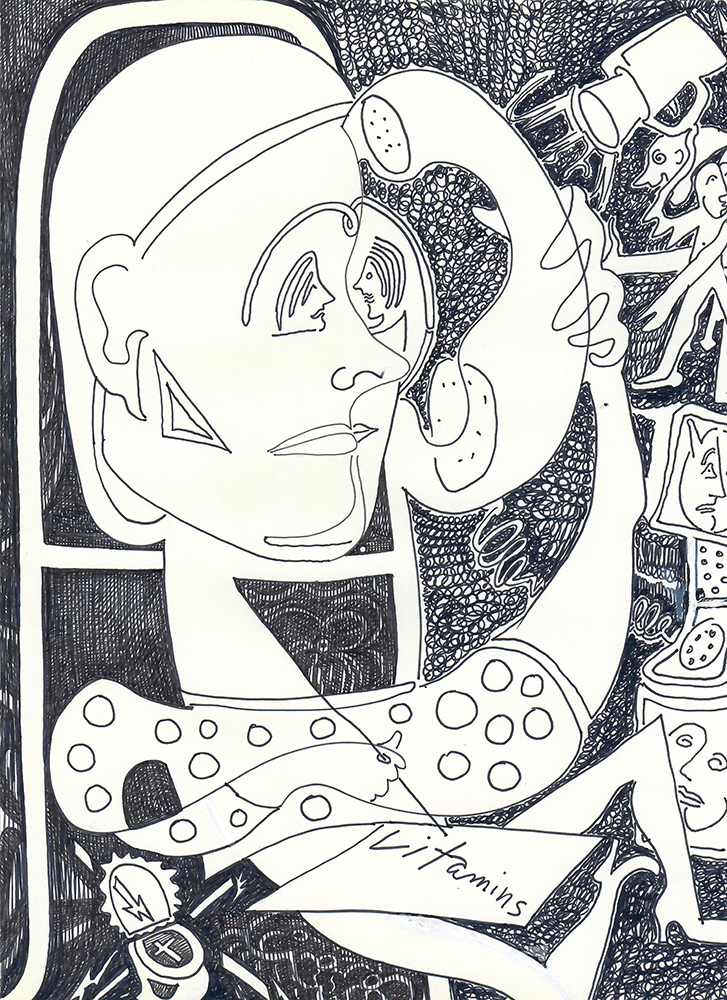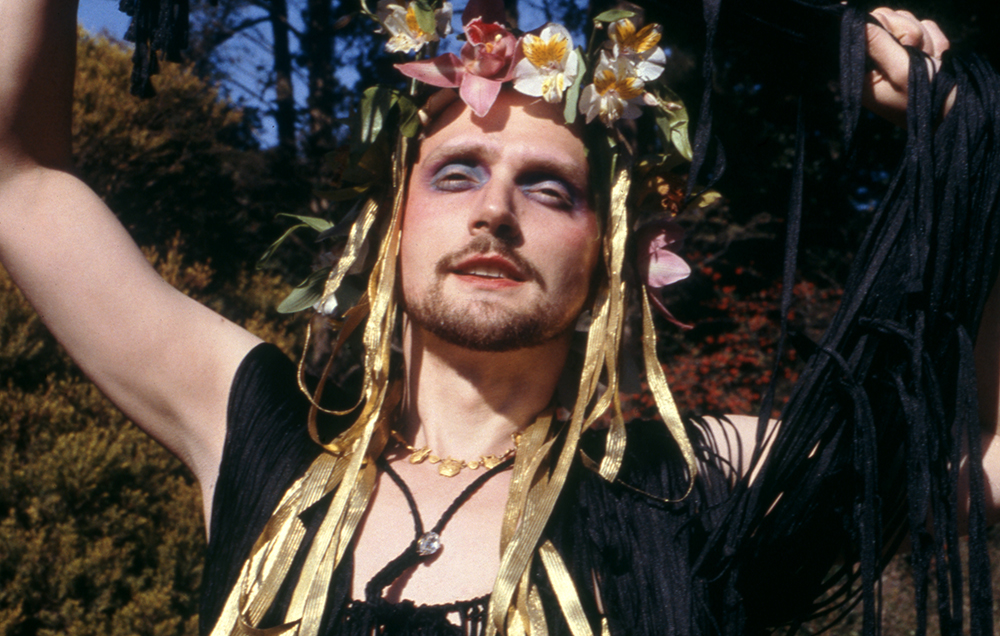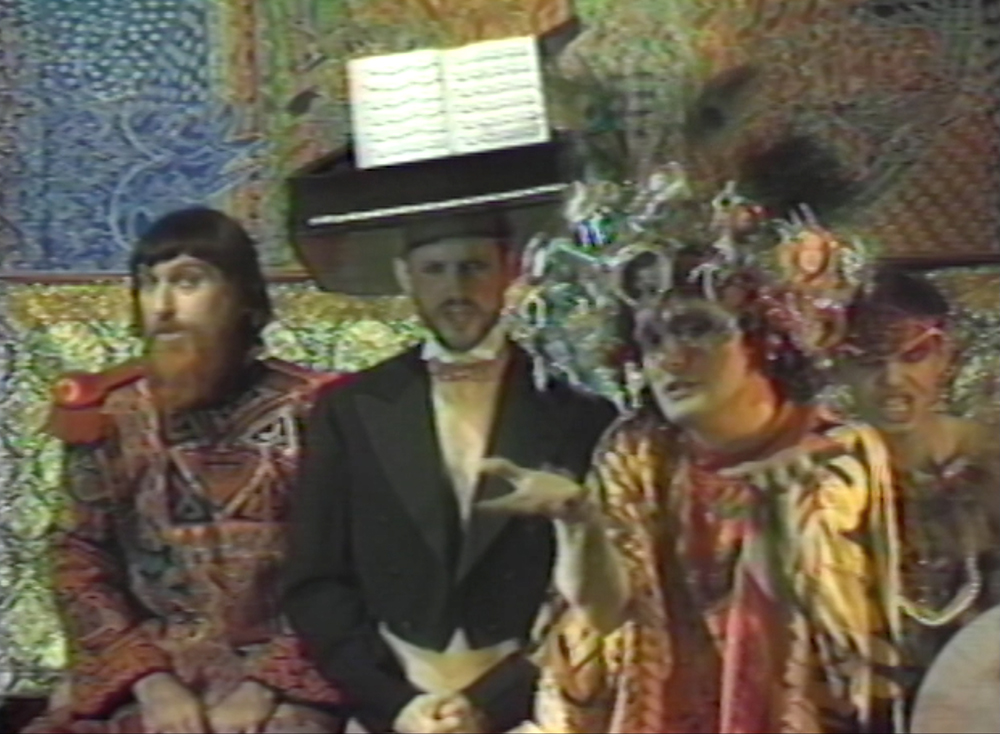Dennis Morris, Johnny Rotten, backstage at the Marquee club, London, 1977 © Dennis Morris.
text by Poppy Baring
Known mainly for his celebrity portraits and coverage of stars like Bob Marley, Oasis, the Sex Pistols, and other early punk and reggae icons, Dennis Morris’s new solo exhibition at the Photographers’ Gallery in London also features his lesser known reportage work. Music + Life is a three-floor presentation of Morris’s life documenting everything from the pride and resilience of post-war Black British culture to the rarefied inner sanctum of the music industry.
These pictures don’t have an angle they’re attempting to make plain. Instead, they provide us with a rare and personal glimpse into the lives of mega music stars in their youth. They are candid images taken between friends. Morris thereby reveals naturally occurring gems of moments that are refreshing, intoxicating, and remarkably at ease. His approach was nothing more than knocking on a door; the door would open, and he would go from there.
Dennis Morris, Oasis Backstage in Tokyo, 1994 © Dennis Morris.
Starting at the age of eight, and landing his first cover on London’s Daily Mirror at just eleven years old, it is clear that Morris had a strong passion for photography early on, as well as the determination to take it places. His remarkable career started when St. Mark’s church in Dalston, where he sang in the choir, started a camera club. Influenced heavily by reportage photography, which was a favored style at the time, Morris began photographing his environment in East London. In 1973, this progressed into skipping school so that he could take photos of Bob Marley as he entered sound check. Almost straight after, when Morris was just fourteen, Marley asked him to join and document the Catch a Fire tour. Young Dennis Morris accepted and, as they did for several artists, his photographs became key to the marketing and making of Marley’s career.
Dennis Morris, The Abyssinians, outtake from the photo shoot for the album Arise, 1977 © Dennis Morris.
While these authentic photographs of famous musicians provide a behind-the-scenes look into the lives of stars past, his exploration into London’s Hackney in the 1970s surveys another fascinating world. Although areas like Dalston and Hackney are now sought-after places to live, the pictures taken in his early career show just how much London has changed in the last fifty years. Morris explains his approach, saying in his interview, “If I’m in the studio, it’s like I’m on the street; if I’m on the street, it’s like I’m in the studio.” Overall, this creates a nice balance to the exhibition—one which raises East London to stardom and renders celebrity as rather quotidian.
Music + Life is on view through September 28 at the Photographers’ Gallery, 16-18 Ramillies Street, London, W1F7LW
Dennis Morris, Untitled, 1970s © Dennis Morris.






